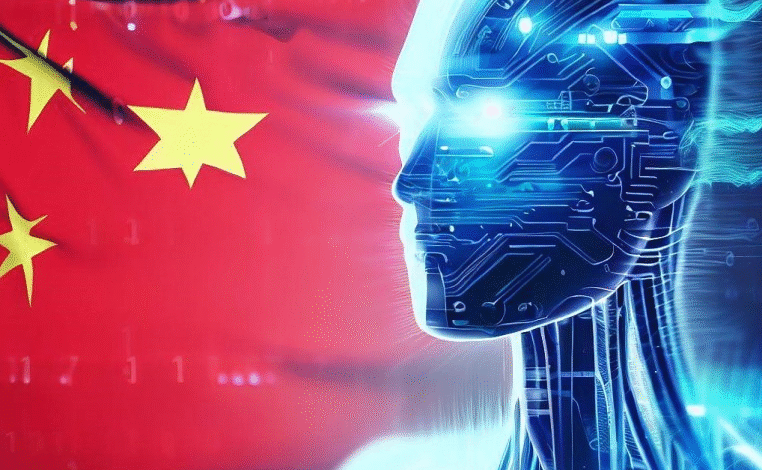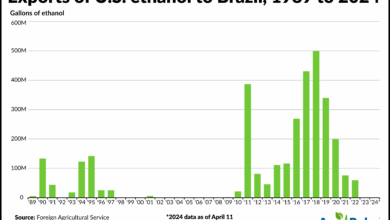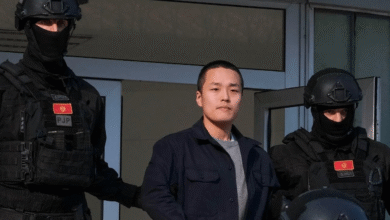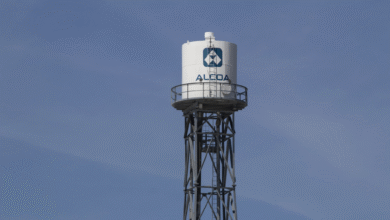China Generative AI Restrictions for Students in Schools

China generative AI restrictions are shaping the landscape of artificial intelligence utilization in schools, as recent guidelines from the Ministry of Education reveal stringent measures regarding its application among students. The new educational policies, which have not been fully disclosed, limit primary school children from independently using unrestricted generative AI tools, emphasizing the need for a more controlled environment in classrooms. While instructors are permitted to leverage these advanced technologies to enhance their teaching methods, the regulations underscore concerns about children’s AI usage in China. Secondary and high school students may have broader access, albeit with limitations on copying AI-generated content for assignments. As the China education system adapts to the growing influence of AI in schools, these measures aim to foster a responsible and informed approach to integrating artificial intelligence tools in educational settings.
Recent developments in Beijing reflect a growing hesitance towards the unchecked application of cutting-edge artificial intelligence technologies within educational frameworks. The latest policies akin to restrictions on generative options signify a careful balancing act to ensure that young learners engage with AI responsibly. By regulating how these intelligent tools are interfaced within classrooms, particularly regarding their use by children in schools, policymakers aim to cultivate a sustainable learning environment. This cautious approach aligns with efforts to define AI education policies that consider diverse age groups and foster a structured way of integrating AI tools in classrooms. As generative AI continues to advance, the implications of these restrictions will likely steer future endeavors in supporting innovative yet safe learning experiences across the China education system.
Restrictions on Generative AI for Children in China
In recent developments, China’s Ministry of Education has imposed restrictions on the use of generative artificial intelligence (AI) technology by children in schools. Primary school students are notably prohibited from independently utilizing unrestricted generative AI tools, a measure aimed at safeguarding young learners from potential misuse. This restriction highlights the government’s focus on ensuring a responsible and controlled environment for AI education. Thus, while educators can leverage these tools to enhance teaching methods, the onus of regulation falls heavily on institutional frameworks to ensure that students are adequately guided in their interactions with AI technology.
Moreover, the guidelines outline a tiered approach to generative AI usage across various educational stages. Middle school students are permitted to engage with generative AI, aimed at deepening their understanding of AI reasoning and analytical methods, while high school students experience a more expansive usage policy. This phased introduction of AI tools in classrooms reflects a broader strategy to balance pedagogical benefits with ethical considerations surrounding AI education. The ultimate goal is to cultivate an informed and responsible generation that can adeptly navigate the complexities of artificial intelligence.
Frequently Asked Questions
What are the recent China generative AI restrictions for students?
China’s recent generative AI restrictions limit primary school students from using unrestricted generative AI tools independently. While teachers can use these technologies to support classroom instruction, students are guided to use approved AI tools during their education, aimed at promoting responsible AI usage.
How do China’s AI education policies affect primary school students?
Under the new AI education policies in China, primary school students cannot use unrestricted generative AI tools by themselves. These guidelines emphasize the role of teachers in using AI for educational purposes, ensuring students are introduced to generative AI in a controlled and supervised environment.
Can middle school students utilize generative AI tools in China?
Yes, middle school students in China are permitted to study generative AI concepts, such as reasoning and analysis. However, they are still under restrictions compared to high school students, who have broader access to these technologies as part of their educational experience.
What is the role of generative AI in classrooms according to China’s regulations?
According to China’s regulations, generative AI is allowed in classrooms primarily as a teaching aid used by instructors. The policies specify that while students are prohibited from independently using unrestricted AI tools, educators can leverage AI technologies to enhance learning and engage students effectively.
Are there any specific generative AI tools approved by schools in China?
Yes, schools in China are urged to compile lists of approved generative AI tools that students can use within the school premises. This aims to regulate and ensure that only suitable and safe AI technologies are utilized in the educational environment.
What are the implications of generative AI restrictions on children’s AI usage in China?
The implications of these restrictions are significant, as they aim to protect children from potential misuse of AI while promoting a structured understanding of generative AI within the educational framework. This balance seeks to equip students with AI literacy while ensuring responsible use.
How is generative AI utilized differently across educational stages in China?
Generative AI utilization varies by educational stage in China. Primary students face the most restrictions on independent use, while middle school students can engage with its analytical aspects, and high school students have the most expansive access to generative AI tools for both learning and school assignments.
What objectives do China’s generative AI restrictions aim to achieve?
The objectives of China’s generative AI restrictions aim to cultivate a scientific and standardized approach to AI education across different educational stages. By establishing clear guidelines, the Ministry of Education intends to ensure students learn to navigate AI technology safely and responsibly.
| Key Point | Details |
|---|---|
| Restrictions on Usage | Primary school students cannot use unrestricted generative AI tools independently. |
| Instructor Usage | Teachers are allowed to use generative AI tools to assist with teaching. |
| Middle School Guidelines | Middle school students can learn to understand the reasoning and analysis of generative AI. |
| High School Freedom | High school students may have broader access and usage of generative AI. |
| Prohibition on Copying | Students are prohibited from copying AI-generated content directly into their homework. |
| Approved Tools List | Schools are encouraged to create a list of approved generative AI tools for use. |
Summary
China generative AI restrictions are becoming more pronounced as educational policies adapt to the growing influence of technology in classrooms. The new guidelines released by the Ministry of Education emphasize the need for a controlled approach to generative AI in education, particularly for younger students. While primary students face strict limitations on independent use, educators are allowed to introduce AI-assisted learning, promoting a balanced integration of technology within educational settings. As generative AI continues to evolve, these regulations aim to foster a responsible understanding of AI’s capabilities at different educational levels, ensuring that students engage with these tools in a manner conducive to learning without compromising academic integrity.




